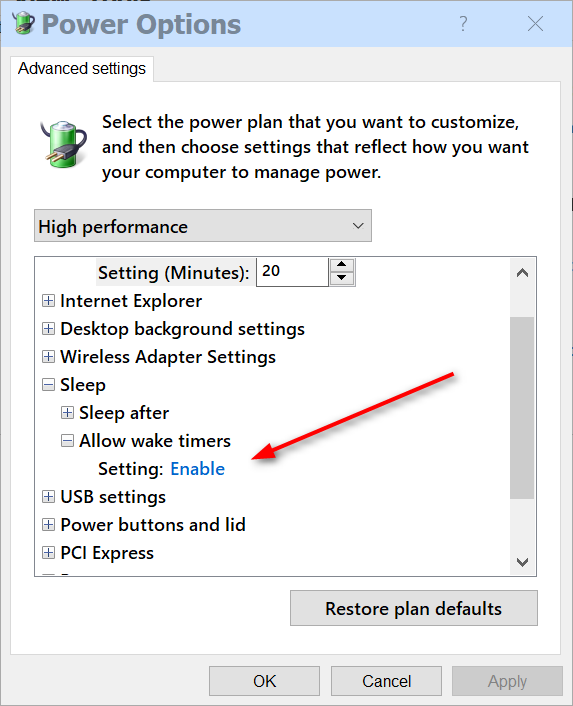

Here are some examples how to use these copy commands. Xcopy is being superseded by Robocopy which provides the same functionality.

At the command prompt type rd (remove directory) followed by the folder or file name. For example, if you want to delete the folder called Files, type rd Filesĭeleting a file requires a different command. Try moving the Work folder from the Groovy folder to the root of the Sample folder by typing move Work d:\Users\Andre\Documents\Sampleĭeleting a folder is just as easy. If you want to move the folder to a different location on the drive, this will require using the move command and knowing the path destination where you want the folder to be moved. Example: md Work Files. This will create two folders called Work and Files. If you want to create more than one folder at once, just type md (make directory) followed by the name of each folder with a space between. If you want to create it somewhere else, use the CD command to navigate to that location. This will create a folder in the location we specified. In order to do that type md Groovy at the command prompt. Right now, the folder is empty, but we want to create a folder called Groovy to store some files. Here we have both the command line and File Explorer on screen and we have changed our directory to the folder called Sample located in Documents. If you want to go back to the System32 folder, type the path to its location CD C:\Windows\System32. You can also go back to the root folder by typing CD\ For example, if you want to go to your new User folder named Andre from your current location, type: CD C:\Users\Andre then hit Enter.

Here you can perform actions such as listing the contents of the folder using the dir command.Īn easier method is to type the path to the folder you would like to navigate to. When you are in the vicinity of a folder location, for example, drive C:\ you can type cd folder name to open the sub folder within. This will take you a step back, similar to the Up icon in the File Explorer window. To go back to your user folder, you need to take a few steps back by typing cd. When you open the Command Prompt with administrator privileges, it defaults to the System32 folder. The command prompt requires an argument when you need to change from one location to the next. In the graphical user interface, browsing and navigating through the File Explorer file manager is a simple point and click affair.


 0 kommentar(er)
0 kommentar(er)
